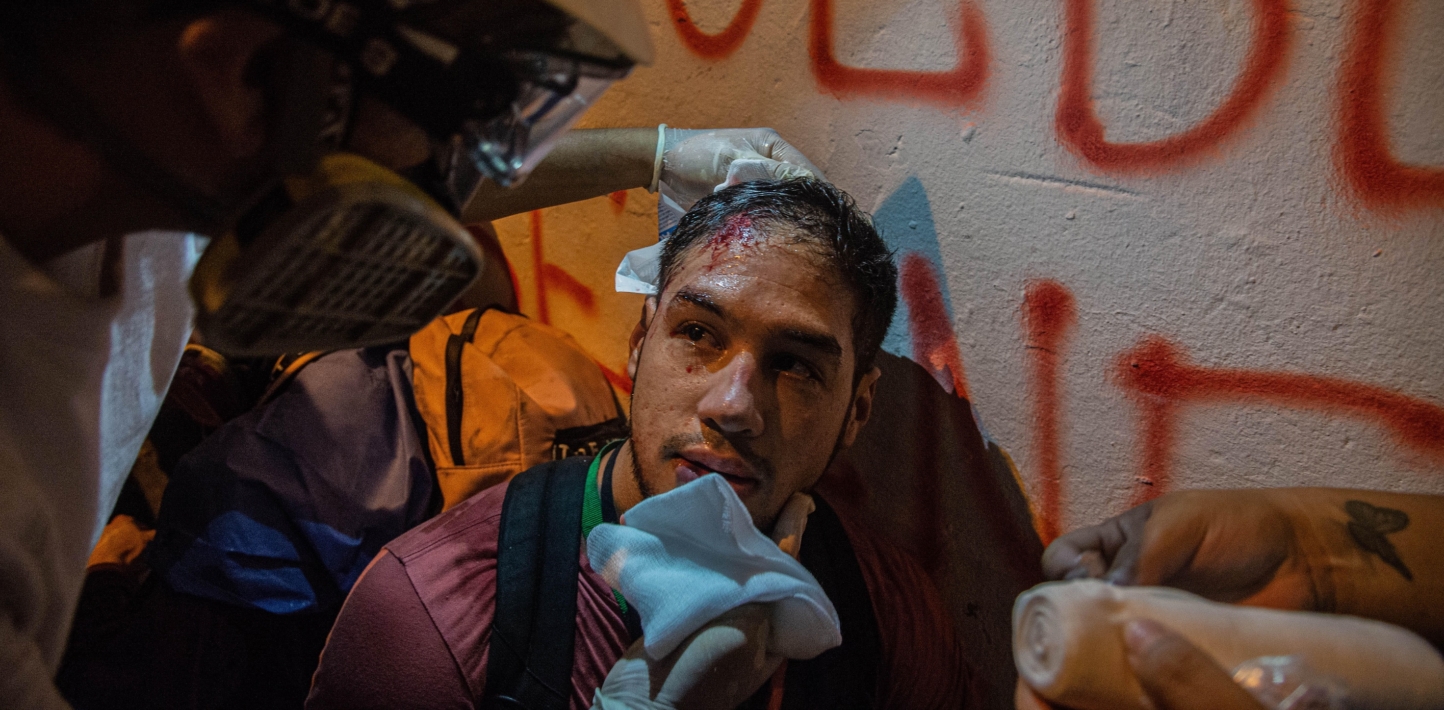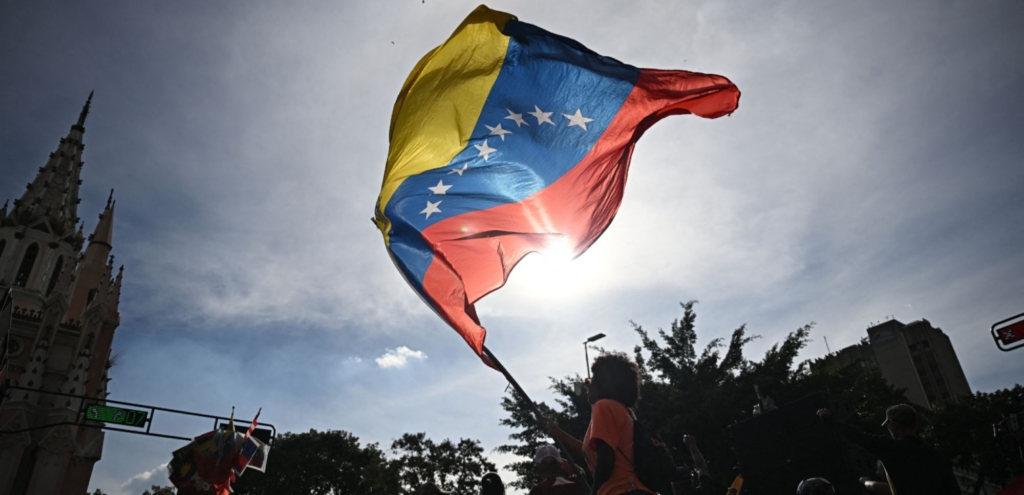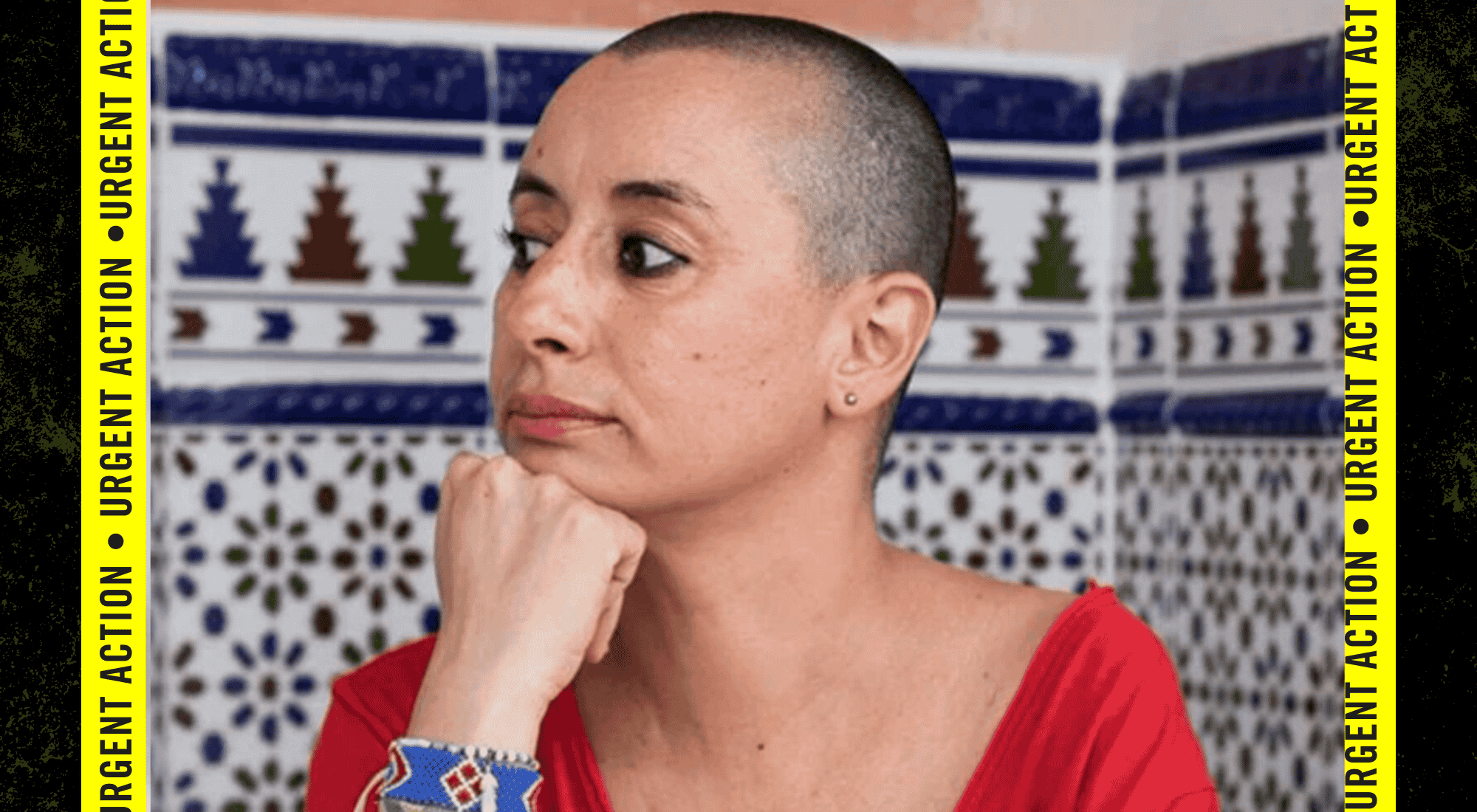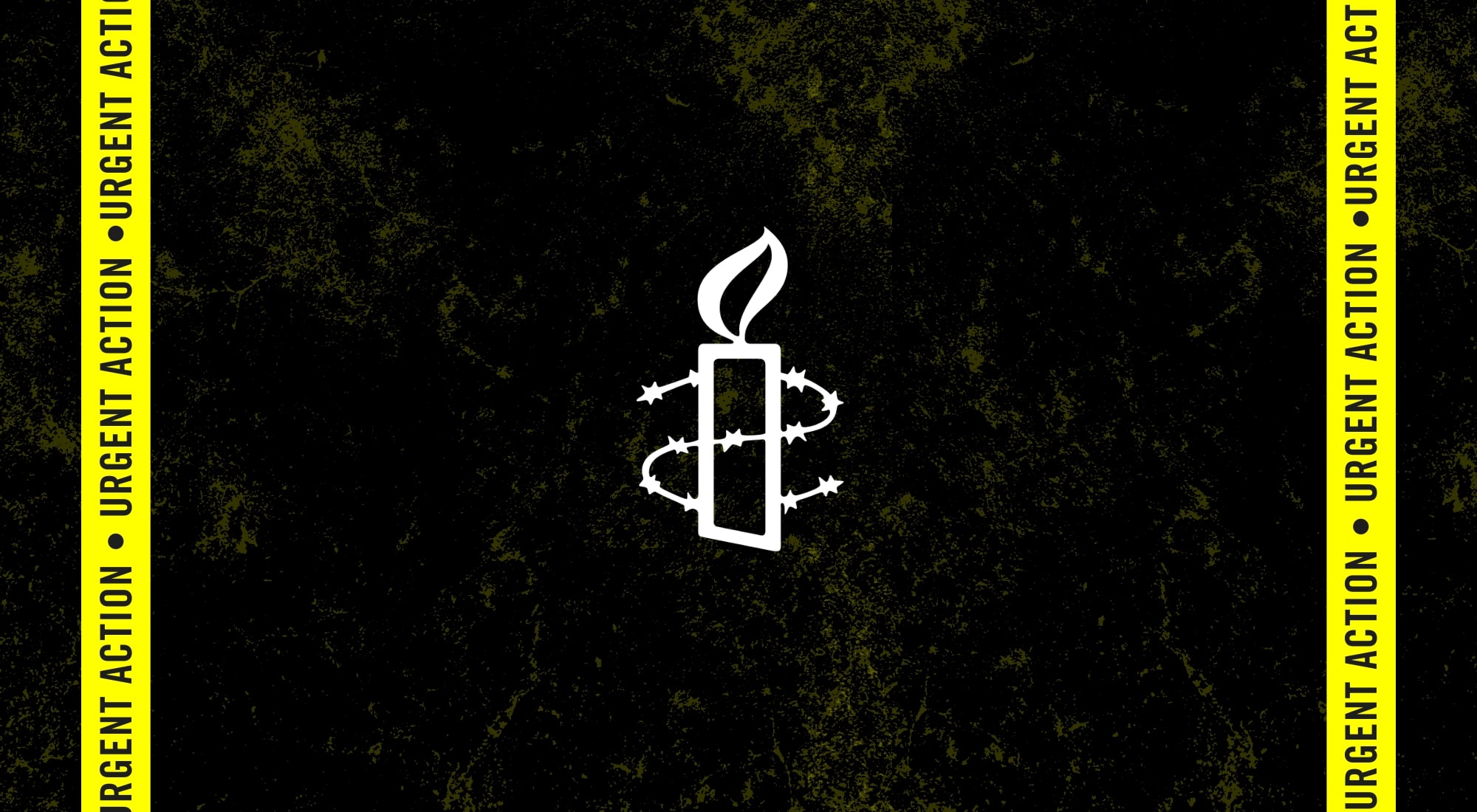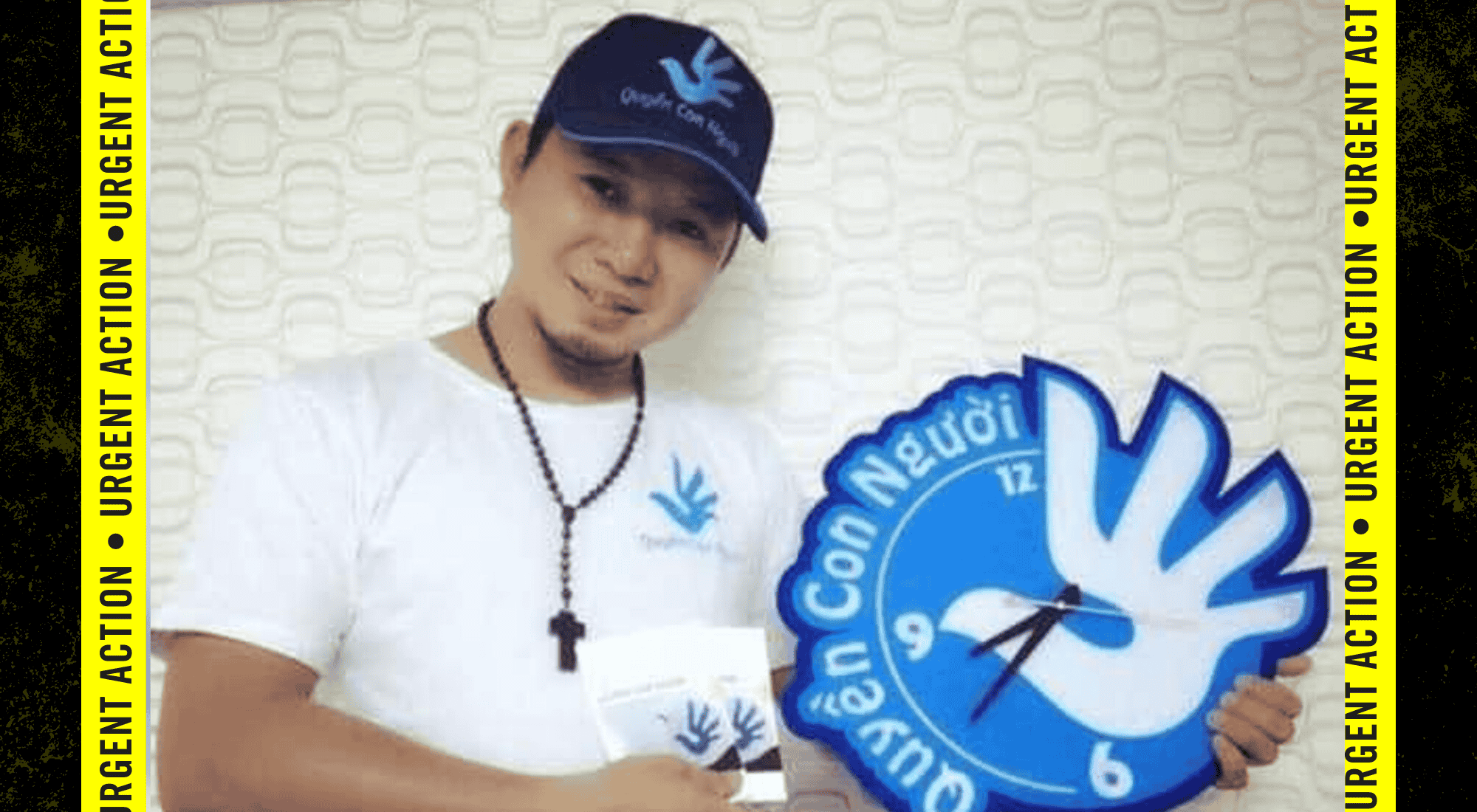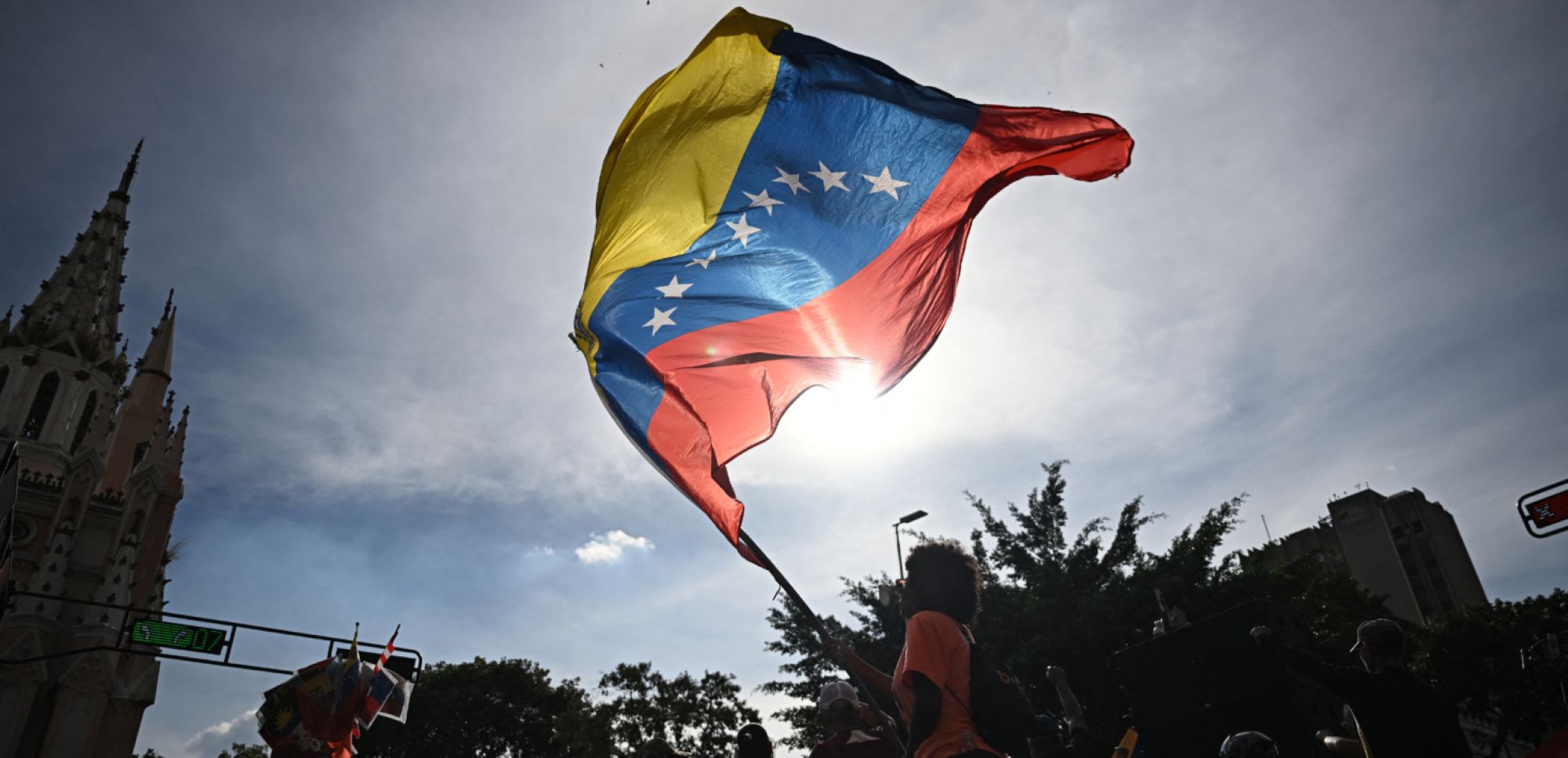Summary
By Duncan Tucker, Media Manager for the Americas, Amnesty International
Luís Becerra, a 29-year-old freelance photojournalist, was covering a demonstration in downtown Lima when officers from Peru’s National Police approached him started shooting.
It was Saturday, 28 January, at around 9 p.m. Becerra, who works with German and Swiss outlets, had seen how the police tried to surround a group of demonstrators, shooting them with metallic pellets and tear gas cannisters. As he was photographing medics treating injured people, more police arrived on motorcycles and on foot. When he turned around, despite carrying his camera in his hand and wearing a helmet and press credentials, he saw two officers taking aim at him.
- Related: 100 days later, racist repression and slow investigations continue in Peru
- Take action: Tell Peru to stop using excessive force against protesters
“The police were about two-and-a-half metres away when they shot me,” Becerra says. “My helmet spun violently and then I felt my face go numb… I wanted to keep taking photos until I touched myself and felt I had blood all over my hand. The pellet had struck me just between my gas mask and my helmet.”
Sharing his account with Amnesty International at a cafe in Lima two weeks later, Becerra reveals the 5cm scar that still hasn’t healed, just below his hairline. “I was glad at the time that I hadn’t lost my sight… But I was still worried about my head,” he says. “If I didn’t have this helmet, the pellet would have hit me directly in the head. It might have fractured my skull – or worse.”
The attack against him was not an isolated incident. Since the beginning of a wave of protests sparked by the announcement of the dissolution of Congress and the subsequent dismissal of then-president Pedro Castillo on 7 December, the National Association of Journalists (ANP by initials in Spanish) has registered at least 170 aggressions against the press. These have included harassment, arbitrary detentions, shootings and death threats. During the first month, most of the aggressions were committed by protesters upset at Peru’s mainstream media for reproducing the government’s stigmatizing narratives that depicted protesters as terrorists. However, according to the ANP, police officers have been responsible for most of the attacks against the press since January.
“For us it’s clear that journalists are targets, and photojournalists especially, because what they don’t want capturing evidence of human rights violations,” says Zuliana Lainez, the president of the ANP. “The pattern we’re seeing is that every time someone photographs an arrest taking place or records evidence of excessive use of force, that’s when they’re attacked or have their equipment taken away, or they’re subjected to a narrative undermining the work of the press.”
‘I’ll blow your head off and you’ll die here’
Aldair Mejía, a photojournalist for the Spanish news agency EFE, was covering a protest near the airport in the southern city of Juliaca the morning of 7 January when police officers began firing tear gas at the demonstrators.
Mejía placed a helmet over his long dark hair and made sure his press identification was visible. As he was photographing a man helping a baby, two policemen ran up to him. Although he told them he was a journalist, they knocked him to the ground with their shields. They tried to tear up his press pass and told him: “media trash, get out of here.”
A little later, when Mejía was trying to film an arrest in an alleyway, another officer carrying a firearm told him: “Get out of here. I’ll blow your head off and you’ll die here.” Mejía put the camera away and continued on his way.
Around 3pm the confrontation between the security forces and the demonstrators intensified. Positioning himself behind the protesters, Mejía took photos of police less than a block away pointing their guns directly at them. One protester who was right in front of him was hit in the face. Mejía saw him bleeding and noticed he had “three perfect round holes in the face” where the pellets had struck him.
“Just as I was checking the photos I’d taken I was hit in the leg,” Mejía says in an interview over Zoom. “My leg went numb and in a few seconds I saw blood flowing from my right shin.” His beige shorts turned crimson. “I saw a circular hole and I said: Damn, that’s a pellet… I was bleeding on the ground for almost five minutes.”
Some protesters dragged him away while the police kept shooting. They applied a tourniquet and took him to a clinic aboard a motorbike. At first, after an X-ray, the staff diagnosed him with a fractured leg due to pellet impact. However, minutes later the clinic’s director appeared, saying a stone could have caused the wound.
Officials from the Interior and Justice Ministries arrived at the clinic, and a group of soldiers showed up outside the building. Frightened, Mejía voluntarily discharged himself so he could leave the area. At that point the clinic took the unusual step of issuing a statement claiming “an undetermined object” had caused his injury.
Mejía believes the police were deliberately trying to inhibit the demonstration and prevent him from exposing their repressive behavior.
“They were always moving in pairs and they would steady themselves before shooting from as close as possible in order to hit and wound someone and stop them from protesting,” he says. “I think they wanted to silence me or stop me from photographing anything because I was the only one from a foreign outlet there and they suddenly seemed very uncomfortable with the presence of the press.”
Two days later, police repression in Juliaca left 17 people dead. Upon returning to Lima, Mejía started to receive calls from unknown numbers. The fear drove him to abandon his home.
Differential treatment
Juliaca’s largely indigenous population has suffered a disproportionate number of deaths during the repression of protests – something Amnesty International has attributed to “a marked racist bias” on the part of the authorities. Independent journalists from the region have also reported facing discrimination while trying to carry out their work.
Julio César Jara, director of the local outlet Planeta TV, was among those who traveled to Lima to cover the protests there. Police officers beat him while he was filming the release of people detained in an operation at the San Marcos university, despite the fact that he was wearing his press vest.
“When they see you, the police yell abuse at you. They remind you that you’re indigenous with the language they use, like: we’ll kill you if you don’t leave,” he says. “It seems as if they had orders from above to use the same terms against both protesters and journalists.”
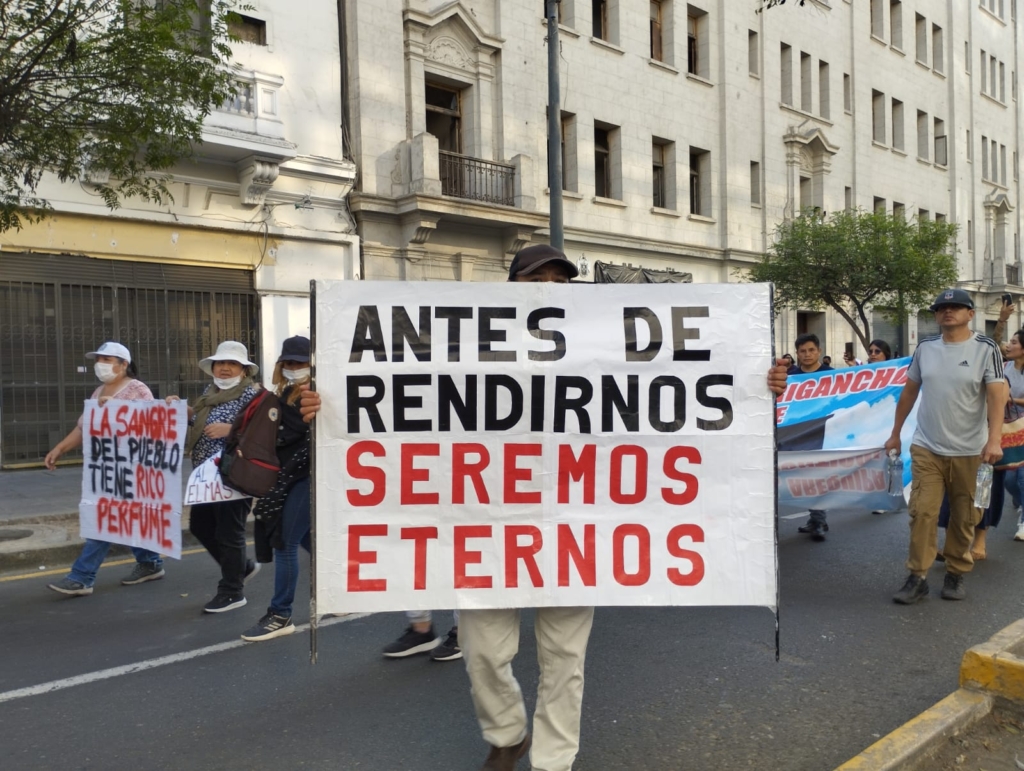
Wara Guerrero, another journalist from Juliaca who went to Lima to cover the demonstrations, says she heard police telling them: “You’re with them, you’re agitators, so we’ll have to repress you the same way,” and even “you deserve bullets because you’re terrorists.”
Female journalists have also faced gender-based discrimination when covering acts of repression. In one case, male police officers pushed and beat Graciela Tiburcio Loayza, an independent journalist and the former president of Amnesty International Peru’s board of directors, and told her she was “provoking” them.
“Whatever the form of their aggression, it always has sexist connotations,” says Tiburcio Loayza. “For example, the fact that they’re not only physically assaulting you, but taking advantage to sexually harass you too, either by whistling at you or insinuating that you liked their batons, that you liked the gas, that you want them to give you more. This all takes its toll on you, not only as a journalist, but also as a woman, because you don’t feel free or safe to do your job as a reporter.”
Likewise, Leah Sacín, a contributor to Radio Nacional and the feminist media outlet La Antígona, has noticed “a differentiated but pejorative treatment of female colleagues who cover these issues.”
Related: Canada must stop arms exports to Peru amid deadly repression of protests
Sacín says policemen have belittled her with misogynist comments like “get out of here mommy” and “why don’t you go home?” She has also suffered physical violence. During a protest in Lima, Sacín filmed police intimidating an older woman with indigenous features who was trying to leave the area and told them: “They’re peaceful people. She is a lady, treat her with respect.” The policemen responded by pushing Sacín with their shields, ripping her phone from her hands and knocking her to the ground.
Sacín believes these aggressions are “police strategies to prevent coverage, impede access and generate fear. Because obviously if they attack you, they push you, or you’re in a peaceful situation and they rain down tear gas cannisters that make you cry and hurt your throat, your desire to keep covering it is increasingly diminished.”
Peru’s National Police did not respond to requests for comment on the allegations against them.
Accusations of state censorship
Censorship is another risk faced by even the best-known journalists. Carlos Cornejo, a prominent broadcaster for the state network TV Peru, lost his job at the end of January in what he considers retaliation for his critical coverage of the security forces’ repressive behavior.
Cornejo, a familiar figure with his beard and gelled hair, says the president of TV Peru’s board of directors told him on 30 January that they were taking him off the air for a month while they carried out an evaluation of his program. Board members later told him the network would no be bringing back the show. Since Cornejo had to renew his contract at the end of each month, he says he did not even receive any compensation.
TV Perú insists his contract had simply expired and that his departure was due to “a restructuring of its primetime schedule”. Yet Cornejo suspects that the Peruvian government pressured the channel into shutting down his program.
“For two weeks on our program we’d been denouncing the death of citizens at the hands of the police,” he says. “Any attempt by Peru’s state media, which includes National Radio and Peru TV, to oppose the executive branch’s decisions, to question them, to put them under the microscope in a balanced, measured and respectful way, is seen as an attack against the government.”
His firing proved controversial. Demonstrators protested the decision outside Peru’s National Institute of Radio and Television, while the ANP criticized the network’s actions for not only violating “the journalist’s right to work, but also the collective right to information.”
Meanwhile, Cornejo says he has received ominous phone calls where the only sound is someone breathing.
‘Your life is in danger. It’s best that you don’t expose yourself’
Sometimes the threats against journalists are more explicit and come not from the authorities, but from organized crime.
Manuel Calloquispe, a freelance correspondent in the Amazonian region of Madre de Dios, has faced direct death threats as a result of his coverage of the protests.
Calloquispe, a contributor to national outlets El Comercio and Latina TV, as well as the environmental press agency Inforegión, says the attacks began in December, when he reported that criminal groups were behind the protests in Puerto Maldonado, the region’s capital city. Those groups, which dominate drug trafficking and illegal mining in the Peruvian Amazon, imposed blockades on the city, causing shortages and massive inflation in the price of fuel.
At first, Calloquispe received “insults and abuse in the street, on social networks, through WhatsApp or Messenger”. The situation deteriorated on 27 January, when a group of men surrounded his house. “Manuel, you have to get out of town,” warned a source, who shared audios and screenshots from a WhatsApp group in which they said they would attack his home.
With the help of the police, who sent a patrol car to his house, Calloquispe fled to Lima that very day. He remained there for 12 days and reported the threats to the Attorney General’s Office. But, according to Calloquispe, the authorities did not follow up on his case and he could not afford the high costs of living in the capital. He is only paid by the article, so was forced to return home in order to continue working and support his family.
However, upon returning to Puerto Maldonado, he realized the situation had grown even more volatile. On 9 February, a man linked to the group coordinating the protests in the city called him. “They know you’re here,” he said. “Your life is in danger. It’s best that you don’t expose yourself.”
Unprotected by the authorities, Calloquipse had to flee again, until the situation calmed down. Eventually he was able to return home and resume his work, but he still fears for his family: “We have no assurance from the state that it’ll guarantee our lives or our safety.”
Legal and legislative threats to press freedom in Peru
Even before the protests, the Peruvian press had found itself in an increasingly hostile environment. Last year, the government proposed two laws that would criminalize journalistic work, establishing as a crime the “dissemination of classified information on criminal investigations” and increasing sentences for defamation committed through the media or on social networks.
Then, in March 2023, the Ministry of the Interior proposed a new protocol that would establish the National Police as the authority responsible for the protection of journalists. However, the protocol only contemplates the protection of accredited foreign press and members of the Peruvian Association of Journalists, potentially excluding small media and independent journalists. It also exempts authorities from any duty to protect journalists who step outside the areas recommended by the police during protests.
Far from protecting journalists, the media and various human rights organizations have warned that the protocol would further restrict press freedom in Peru. The Press and Society Institute described it as “dangerous for freedom of expression, because it proposes the regulation, under police supervision, of media coverage of protests”, while IFEX-ALC, an alliance of organizations that defend freedom of expression and press freedom in Latin America and the Caribbean, stated that it contravenes international standards and the human rights treaties that Peru has signed.
Moreover, the national Ombudsman’s Office warned that the proposal “does not ensure journalists can work safe from violence, nor does it guarantee freedom of expression or information”. The protocol should protect journalists “against aggressions by members of security forces”, added the Ombudsman’s Office, among other recommendations, and should “include concrete proposals on aggressions against female journalists”.
While the authorities propose new means of control, without guaranteeing their protection, another problem the press face is that the vast majority of attacks against them go unpunished.
“There is no condemnation, not even a commitment to investigate what has happened to our colleagues, even when in 70% of the cases we might have a video that leaves not doubt that the aggressor was a member of the security forces,” says Lainez, the ANP president. “It gives carte blanche to law enforcement to think they can do whatever they like, without consequences.”
Duncan Tucker is Amnesty International’s regional media manager for the Americas. A version of this story was published in the Spanish-language version of Rolling Stone.












